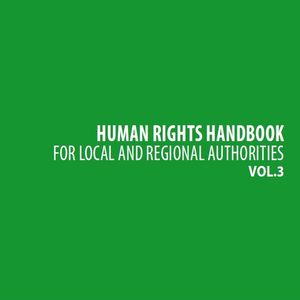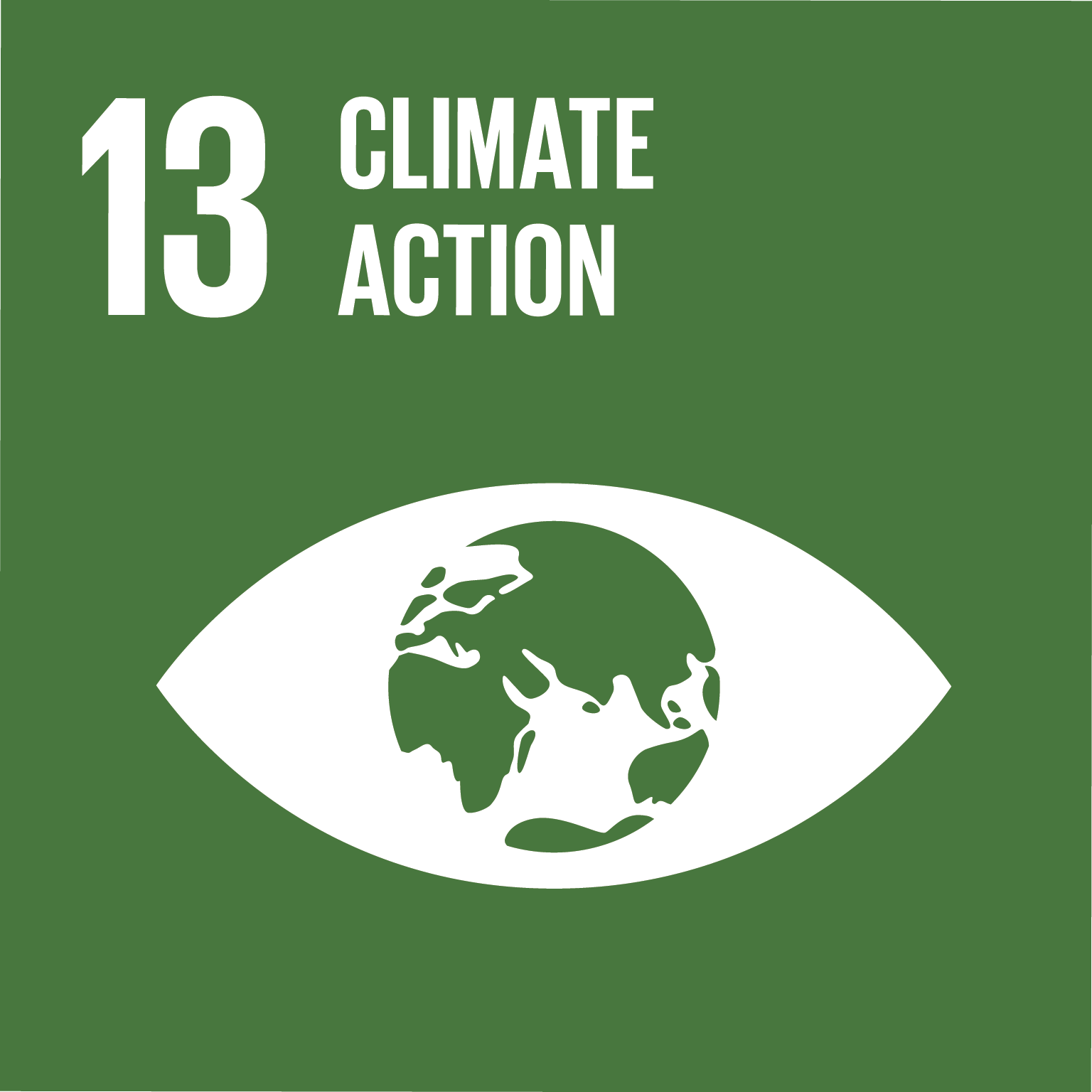Human rights and the environment

For the last two decades, the Congress has been working on the different aspects related to the quality of the environment, the impact of climate change on citizen’s lives and the energy transition. The basic premise of Congress action is that local and regional authorities are required to adopt strategies to respond to environmental challenges and adapt their communities accordingly.
Current Congress work on this issue includes encouraging a green reading of the European Charter of Local Self-Government and an additional Protocol to the Charter that would enshrine the right of local authorities to participate in decision making on environmental matters, a revision of the European Urban Charter II and the third volume of the Human Rights Handbook for Local and Regional Authorities

Download: Human Rights Handbook Volume 3
Available below are some short extracts from the handbook, along with an example chapter on 'Mobility and transport'.
Why a human rights handbook on the environment? (p. 11-17)
The alarming developments of recent years, such as the deterioration of the environment, climate change, air and water pollution and loss of biodiversity have a profound effect on the enjoyment of human rights. The UN Human Rights Committee has explicitly warned that “environmental degradation, climate change and unsustainable development constitute some of the most pressing and serious threats to the ability of present and future generations to enjoy the right to life”. Human beings are dependent on a healthy and safe environment for our survival. Without it, we would not even be able to fulfil our basic needs. This points to a clear interdependence of human life and nature and therefore a strong linkage and interconnection between the environment and our human rights. This interdependence has always existed but was intensified in recent decades in our globalised communities, where environmental pollution and industrialisation of the food production blur the delimitations between animal and human life.
Adopting a human rights approach to the protection of the environment and sustainable development and delivering a resilient and sustainable ecosystem is our shared responsibility for future generations. The continued exhaustion of natural resources, climate change and the extinction of species will likely be a significant burden for future generations. Therefore, the protection of the environment as well as sustainable development are often associated with the concepts of intergenerational equity, ensuring fairness and justice from one generation to the next.
Key challenges (p. 26)
Beyond the legal challenges of codification and the different understandings of human rights related to the environment and sustainable development, local and regional authorities face further challenges regarding the implementation of a human rights approach to environmental protection, some of which are listed below.
ACCESS TO EXPERTISE AND KNOW-HOW, FINANCIAL AUTONOMY: subnational levels of government often have difficulty obtaining the necessary information, know-how and funding to streamline climate and sustainability efforts into their policymaking. Therefore, the exchange of best practices, the open communication among cities and the creation of replicable initiatives are crucial.
LINKS BETWEEN DIFFERENT LEVELS OF GOVERNMENT AND TRANSPARENCY: it is important to make sure that the actions and efforts of cities and regions are recognised and are considered at national level where equally ambitious climate targets are set by authorities. Similarly, local and regional actors should have the capacity and competences to contribute to national and European climate and sustainability targets.
CHALLENGES RELATED TO THE INCLUSION OF ALL PARTS OF SOCIETY: asexplained above, environmental degradation has a disproportionate effect on the poor and the most vulnerable and it amplifies inequalities, violence and discrimination. The great challenge for local and regional policymakers is to draft policies that address and engage with the most underprivileged and marginalised citizens, also when it comes to environmental conscience.
INDIVIDUAL RESPONSIBILITY: finally, a big challenge is addressing individual responsibility; alongside local authorities’ action, citizens’ participation is essential. Active engagement and commitment from civil society is needed to make the intergenerational urgency of the environmental and climate matters understood and applied by all.
Legal framework (p. 20-24)
Regarding the system of the Council of Europe, neither the European Convention on Human Rights and its protocols, nor the European Social Charter expressly guarantee the right to a healthy environment. Even though the European Convention on Human Rights does not enshrine a right to a healthy environ- ment as such, the European Court of Human Rights has been called upon to develop its case law in environmental matters.
The exercise of certain rights enshrined in the European Convention on Human Rights may be undermined by the existence of harm to the environment and exposure to environmental risks. Rights such as the respect for private life or the home were applied by the Court in cases of harmful substances caused by urban development and industrial pollution affecting the health and well-being of citizens.
In its recommendation CM/Rec(2022)20, the Committee of Ministers of the Council of Europe calls on its 46 member States to recognise, at national level, the right to a clean, healthy and sustainable environment as a human right and to guarantee the effective enjoyment of the rights and freedoms set out in the Convention for the Protection of Human Rights and Fundamental Freedoms and in the European Social Charter and the Revised European Social Charter, including in relation to the environment. What is more, the Court recently received its first cases on climate change mitigation.
Moreover, the Parliamentary Assembly of the Council of Europe is already working towards a green protocol or convention.14 The joint declaration of Georgia, Greece and Germany, in their Presidencies of the Committee of Ministers, calling for the elaboration of a legal instrument on environment and human rights,15 should also be highlighted.
Mobility and transport: Definition
Mobility is one of the greatest environmental challenges that we are facing today. To uphold our societies and economies, people require intricate trans- portation networks: cars, buses, trains and so on. These and other means of transport leave their mark on the environment. Around one quarter of global CO2 emissions come from the transport of people and goods. Today, creating sustainable transport solutions is key to creating a more environment-conscious future. Cities and regions are today at the forefront of this challenge, but it is also a great opportunity to develop low-carbon cities and regions.
Mobility and transport: Responses
The Congress gathered a set of good practices that have been successfully implemented by local and regional authorities, including :
- the creation of an Integrateted Urban Transport Project to decrease greenhouse gas emissions (Burgas, Bulgaria)
- the establishment of a venue for contemporary art activities in a railway station (Jurmala, Latvia)
- an awareness raising campaign where individual register green travels and companies compete to be best in terms of green travelling (Kristiansand, Norway)
- the promotion of non-motorised transport and the construction of independent cycle lanes (Aragoza, Spain)
- the implementation of hybrid bus technology for energy-efficient buses (Edinburgh, UK)
Mobility and transport: Recommendations
The Congress proposes a set of recommendations encouraging people to:
- CHOOSE a green transport company for the public transport offer in your municipality or region (that is, a company that uses electric or hybrid buses).
- PROMOTE the use of bicycles by adding safe cycle lanes or creating a bike-sharing system.
- IMPROVE public transport attractiveness, notably through increased accessibility and passenger capacity.
- ENCOURAGE shared mobility such as carpooling when public transportation is not possible.
- CREATE incentives to promote the use of sustainable means of transportation, such as individual competitions and regards (as Norway has done).
- LIMIT the use of motorised vehicles within city centres during weekends.
- PROMOTE walking by introducing a rewards system involving local/small businesses which offer discounts based on a certain amount of walking achieved.

The booklet comes with guidelines for local and regional authorities.
Download: “How to make your town a better place”
For more information: Children and sustainable cities: Congress adopts guidelines for local and regional authorities
Congress texts
- A fundamental right to the environment: a matter for local and regional authorities - Towards a green reading of the European Charter of Local Self-Government Report (2022)43-15 - Resolution 489 (2022) - Recommendation 484 (2022)
- Energy supply and energy efficiency at local and regional level: promoting energy transition Resolution 335 (2011)
- Coastal towns and cities tackling threats from the sea Recommendation 298 (2010) - Resolution 317 (2010)
- The global challenge of climate change : Local responses Recommendation 271 (2009) - Resolution 288 (2009)
- Improving indoor air quality: a new challenge for local authorities Recommendation 276 (2009) - Resolution 292 (2009)
- Climate change: building adaptive capacity of local and regional authorities Recommendation 231 (2008) - Resolution 248 (2008)
- Environmental accounting for responsible local action Recommendation 220 (2007) - Resolution 240 (2007)
Debate on A fundamental right to the environment: a matter for local and regional authorities - Towards a green reading of the European Charter of Local Self-government (October 2022)
Debate on Human rights handbook for local and regional authorities - Volume III: environment and sustainable development (October 2022)




